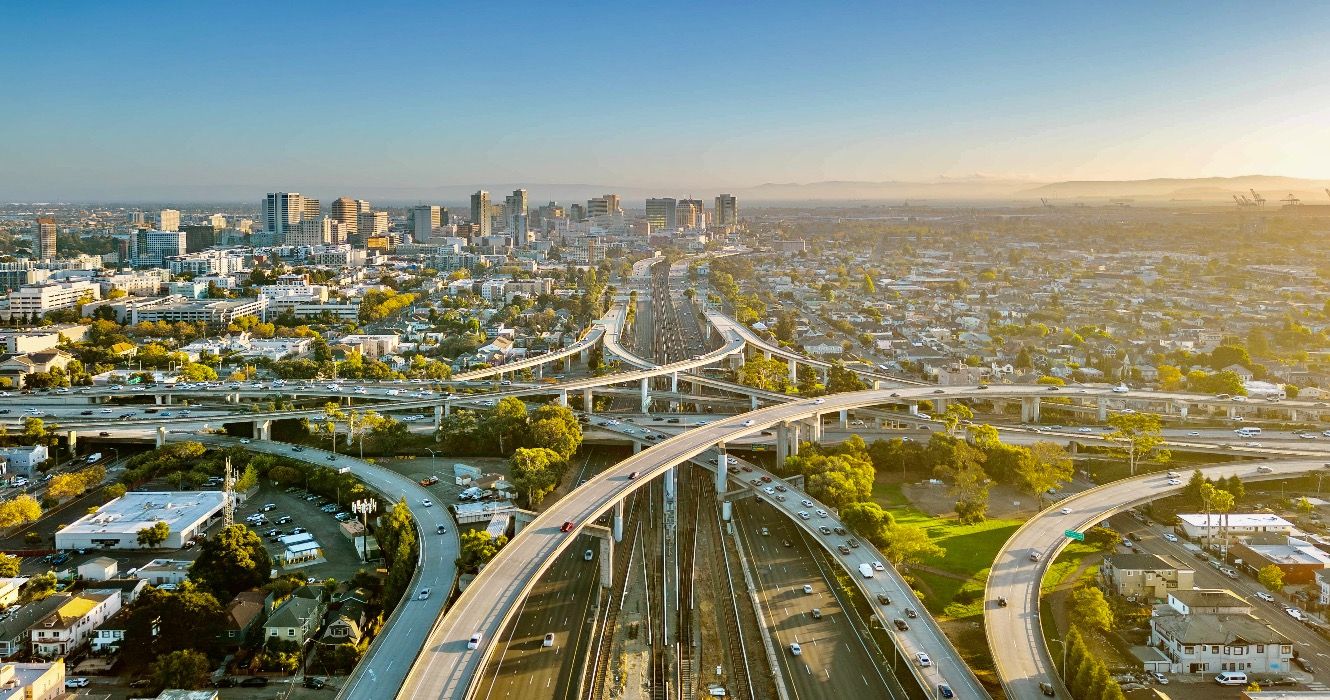The Best Hiking Trails in California’s National Parks
California is home to some of the most stunning landscapes in the United States, offering a variety of hiking trails that cater to all skill levels. From towering mountains to lush forests, and vast deserts, the Golden State’s national parks provide an outdoor paradise for nature lovers. In this article, we’ll explore the best hiking trails in California’s national parks, where you can experience the beauty of the state up close.
1. Yosemite National Park: A Hiker’s Dream
Yosemite is one of the most famous national parks in the world, attracting millions of visitors every year. Its dramatic granite cliffs, waterfalls, and diverse ecosystems offer a variety of hiking experiences.
Top Trails in Yosemite:
- Mist Trail:
- Difficulty: Moderate
- Length: 3 miles (round trip)
- Highlights: The Mist Trail is famous for its breathtaking views of Vernal Fall and Nevada Fall. Hikers are treated to spectacular misty views as they approach the waterfalls.
- Half Dome:
- Difficulty: Strenuous
- Length: 14-16 miles (round trip)
- Highlights: This challenging hike takes you to the summit of Half Dome, offering panoramic views of the Yosemite Valley, Sierra Nevada, and beyond. The final section involves a thrilling ascent via cables, making it a bucket-list trail for avid hikers.
- Glacier Point to Little Yosemite Valley:
- Difficulty: Moderate
- Length: 8.5 miles (one way)
- Highlights: This trail offers sweeping views of Yosemite Valley, with Half Dome, El Capitan, and Yosemite Falls in sight. It’s the perfect option if you want to experience Yosemite’s grandeur without the intensity of the full Half Dome hike.
2. Sequoia and Kings Canyon National Parks: Giants of the Forest
Home to the largest trees on Earth, Sequoia and Kings Canyon National Parks are a hiker’s dream. The towering sequoias and rugged mountain scenery provide an unforgettable hiking experience.
Top Trails in Sequoia and Kings Canyon:
- General Sherman Tree Trail:
- Difficulty: Easy
- Length: 0.5 miles (round trip)
- Highlights: This short and easy trail leads you to the General Sherman Tree, the largest living tree on Earth. The well-maintained path allows hikers to get up close to this natural wonder.
- Moro Rock Trail:
- Difficulty: Moderate
- Length: 0.25 miles (round trip)
- Highlights: A short, steep trail that leads you to the top of Moro Rock, where you can enjoy panoramic views of the surrounding mountains and valleys.
- Crystal Cave Trail:
- Difficulty: Moderate
- Length: 1 mile (round trip)
- Highlights: This trail takes you to the entrance of Crystal Cave, a stunning marble cave adorned with formations like stalactites and stalagmites. Be sure to book a tour in advance to explore the cave.
3. Joshua Tree National Park: Where the Desert Meets the Sky
Joshua Tree National Park is a striking desert landscape with unique rock formations and iconic Joshua Trees. Hikers can experience the beauty of the Mojave and Colorado Deserts while exploring a variety of trail types.
Top Trails in Joshua Tree:
- Hidden Valley Trail:
- Difficulty: Easy
- Length: 1 mile (loop)
- Highlights: This short loop trail is one of the park’s most popular, offering a glimpse of Joshua Trees, rock formations, and desert wildlife. It’s an easy hike suitable for all levels.
- Ryan Mountain Trail:
- Difficulty: Moderate
- Length: 3 miles (round trip)
- Highlights: This moderately strenuous hike rewards visitors with stunning panoramic views of the desert landscape, including the rugged mountain ranges and unique Joshua Trees scattered throughout.
- Barker Dam Trail:
- Difficulty: Easy
- Length: 1.3 miles (loop)
- Highlights: A relaxing loop trail that leads to the Barker Dam, built by early cattle ranchers. Hikers can enjoy views of the dam, rock formations, and potentially spot some desert wildlife.
4. Death Valley National Park: A Land of Extremes
As the hottest and driest national park in the U.S., Death Valley is a place of extremes. Despite its harsh conditions, the park offers a number of trails that provide an opportunity to explore its stunning, otherworldly landscapes.
Top Trails in Death Valley:
- Golden Canyon Trail:
- Difficulty: Easy
- Length: 2.9 miles (loop)
- Highlights: This popular trail winds through colorful canyons and rock formations, offering a fantastic introduction to Death Valley’s unique geology. The golden-colored canyon walls provide beautiful photo opportunities.
- Mosaic Canyon Trail:
- Difficulty: Easy
- Length: 0.4 miles (round trip)
- Highlights: A short, but stunning hike that takes you through smooth, polished canyon walls with colorful rock patterns resembling mosaics.
- Badwater Basin Salt Flats:
- Difficulty: Easy
- Length: 1 mile (round trip)
- Highlights: The lowest point in North America, Badwater Basin features vast salt flats that create a surreal, otherworldly atmosphere. While not a traditional hiking trail, walking across the salt flats is an iconic experience in Death Valley.
5. Channel Islands National Park: Island Escapes
Located off the coast of Southern California, Channel Islands National Park is accessible only by boat or plane, making it one of the state’s most remote and pristine hiking destinations.
Top Trails in Channel Islands:
- Scorpion Canyon Trail (Santa Cruz Island):
- Difficulty: Moderate
- Length: 3.5 miles (round trip)
- Highlights: This trail offers incredible coastal views and a chance to spot local wildlife, such as the Channel Islands fox and a variety of seabirds.
- Cavern Point Loop (Santa Cruz Island):
- Difficulty: Moderate
- Length: 2.2 miles (loop)
- Highlights: This trail provides stunning views of the island’s rugged coastline, and hikers can explore the island’s unique plant life and wildlife.
Conclusion: Explore the Best of California’s National Parks
California’s national parks offer some of the best hiking trails in the world, each with its unique landscapes, from Yosemite’s granite cliffs to the desert beauty of Joshua Tree. Whether you’re a beginner or an experienced hiker, these parks provide trails for all skill levels and plenty of opportunities to experience the natural wonders of California.














